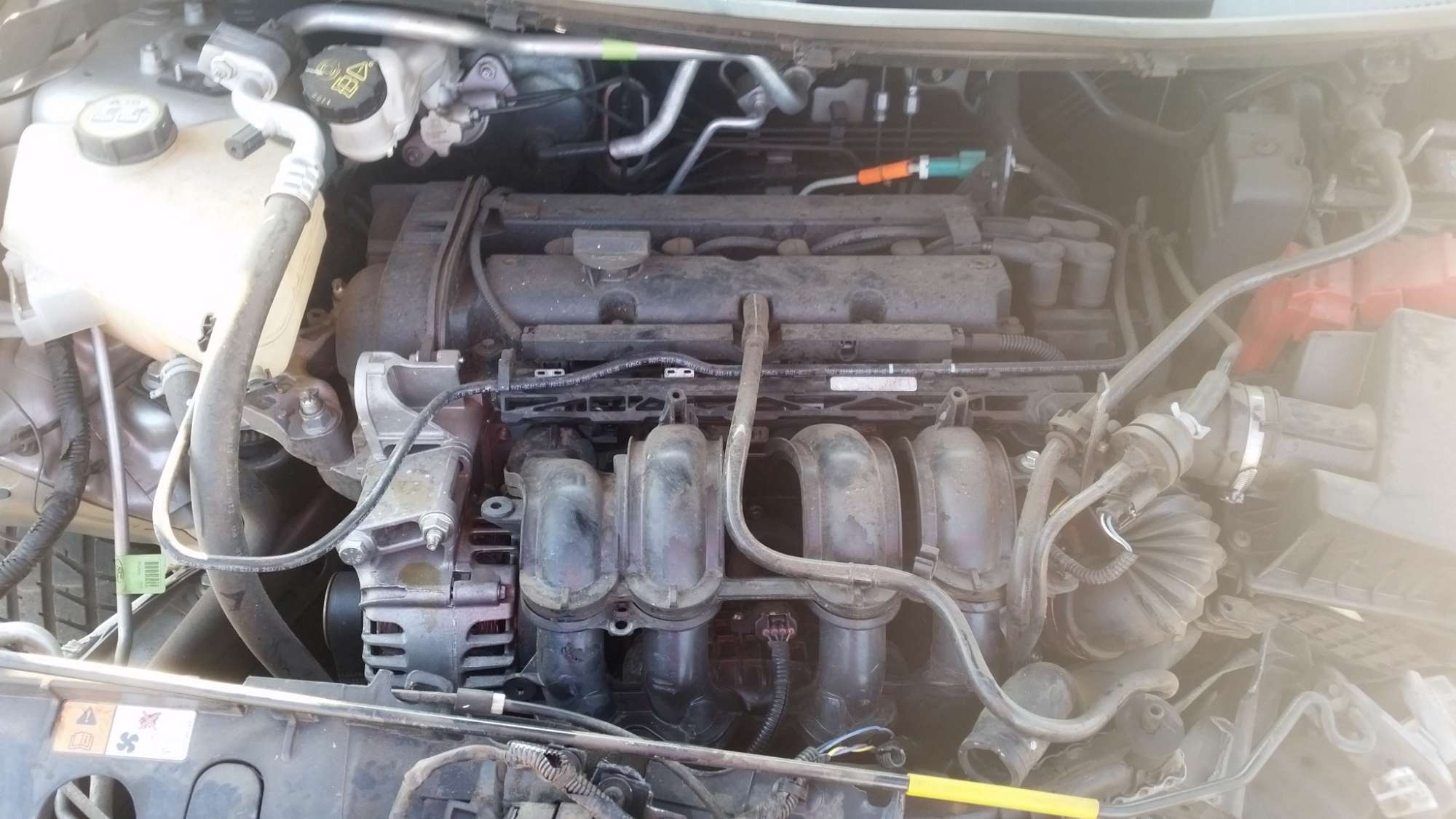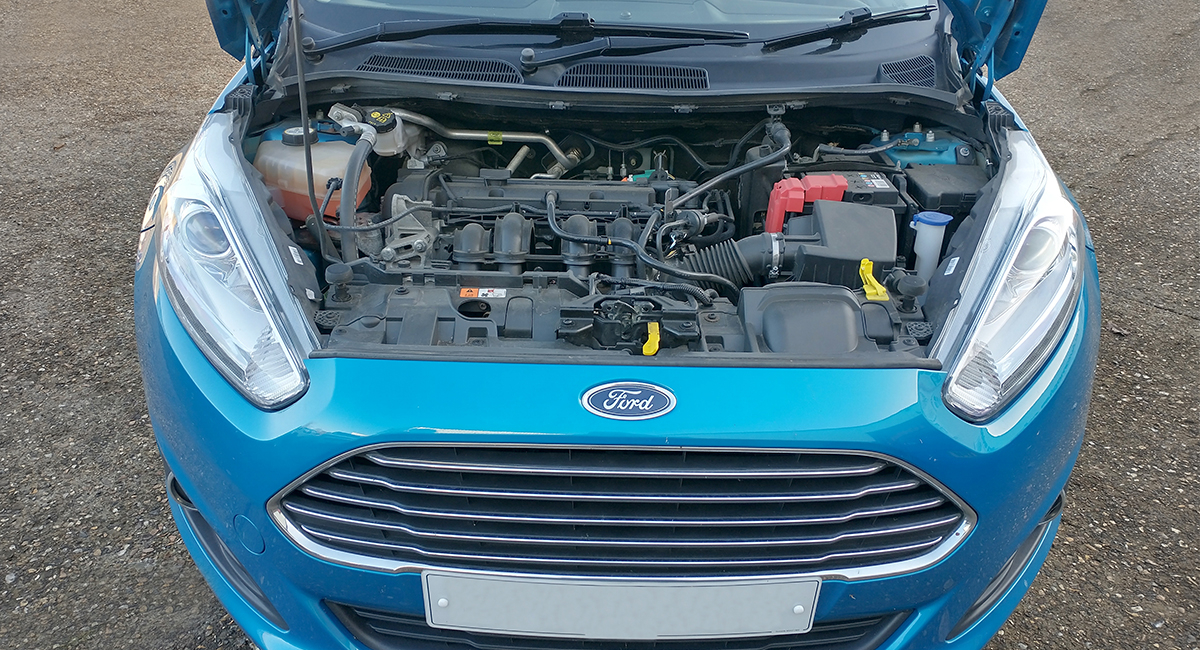Essential Services for Keeping Your Ford Fiesta Engine in Peak Condition
Essential Services for Keeping Your Ford Fiesta Engine in Peak Condition
Blog Article
Discovering the Evolution of Engines: From Traditional Styles to Modern Marvels
From the initial vapor engines that powered the Industrial Transformation to the introduction of inner burning engines that transformed movement, each phase has actually added to higher effectiveness and capacity. As we take a look at these milestones, one need to consider exactly how the future of engine style may unravel, challenging our assumptions of power and performance.
The Birth of Engine Modern Technology
The introduction of engine modern technology noted a turning point in human development, changing power conversion and transport. The earliest engines arised from the demand to harness mechanical power for functional use, leading to the growth of gadgets that converted numerous energy types right into movement. The idea of the engine can be traced back to old people, where simple devices, such as the waterwheel and windmill, made use of natural forces to do work. Nevertheless, it was throughout the late 17th and very early 18th centuries that substantial developments began to appear.
The development of the internal burning engine and the innovation of the heavy steam engine catalyzed an extensive change in commercial capacities. These engines not just improved efficiency yet likewise broadened the extent of human flexibility, allowing extraordinary transportation possibilities. The early prototypes laid the groundwork for the mechanized globe, facilitating the increase of sectors and improving societal structures.
As engine styles progressed, they progressed and incorporated cutting-edge products engineering concepts, paving the means for modern growths - ford fiesta engine. The birth of engine innovation stired up a ruthless pursuit of performance and power, setting the stage for the vibrant advancement of transport and commercial machinery that would certainly comply with
Steam Engines and Their Influence

The heavy steam engine's influence was specifically obvious in the transportation industry (ford fiesta engine). Steam-powered engines helped with the quick activity of products and people throughout large distances, successfully diminishing the geographical obstacles that had actually previously hindered profession and interaction. Similarly, steamships revolutionized naval travel, permitting quicker and a lot more dependable crossings of rivers and seas.
In market, heavy steam engines powered factories, enabling mass manufacturing and the rise of urban facilities as hubs of financial task. Heavy steam technology cultivated innovations in design and manufacturing procedures, laying the groundwork for future improvements in engine style.
The Surge of Interior Combustion
Regularly eclipsing heavy steam power, the increase of inner burning engines noted a transformative change in transport and sector throughout the late 19th and very early 20th centuries. The development of these engines, identified by their ability to melt fuel within the engine itself, allowed higher efficiency and power contrasted to conventional vapor engines. Pioneering inventors such as Nikolaus Otto and Rudolf Diesel played essential duties in refining engine designs, resulting in extensive fostering in cars, watercrafts, and commercial equipment.
The interior burning engine's small size and reasonably light-weight nature facilitated the appearance of personal cars, reinventing individual movement and improving urban landscapes. By allowing faster traveling and the effective transportation of items, these engines militarized economic growth and fostered globalization. The adaptability of gas options, including fuel and diesel, better enhanced their allure, permitting varied applications across numerous sectors.
In spite of the ecological issues that would later on develop, the initial allure of interior combustion technology lay in its transformative capacity. As society embraced this development, the foundation was laid for modern transport systems, developing internal combustion engines as a cornerstone of commercial innovation and day-to-day life throughout the 20th century.
Improvements in Engine Performance
As inner burning engines ended up being essential to transport and sector, the focus moved in the direction of enhancing their performance to fulfill expanding needs for efficiency and sustainability. Developments in engine design, product science, and technology have significantly contributed to this evolution.
One significant improvement is the development of turbocharging, which enables increased air intake, go to this web-site leading to even more total gas combustion and improved power outcome without enlarging engine dimension. Furthermore, variable valve timing systems have actually been implemented to enhance engine performance across various RPM ranges, thus improving gas performance.
The utilization of innovative gas injection modern technologies, such as straight shot, has likewise played a critical function. This method enables more exact control over the fuel-air combination, advertising better burning and lowering discharges. Lightweight products, including light weight aluminum and composite parts, have actually been taken on to lower general engine weight, leading to improved performance.
These improvements show a more comprehensive fad within the auto industry, where the synergy in between design development and environmental factors to consider drives the ongoing quest for higher performance in interior burning engines. Because of this, modern engines are currently more powerful, cleaner, and reliable than ever previously, leading the way for a much more lasting future in transport.
The Shift to Electric Power
With expanding problems over environmental impact and nonrenewable fuel source dependence, the auto sector is experiencing a significant shift in the direction of electrical power. This transition is driven by a combination of technical advancements, regulatory stress, and altering consumer preferences. Electric cars (EVs) supply a compelling option to standard interior burning engines, flaunting lowered greenhouse gas emissions and reduced operating expenses.
The increase of battery modern technology has actually been a game changer, with lithium-ion batteries becoming much more effective and cost-effective. Improved power thickness and faster billing capabilities have actually made EVs much more practical for everyday usage. Governments worldwide are implementing incentives and establishing ambitious targets for phasing out fossil gas lorries, thereby increasing the adoption of electrical power.
Significant car manufacturers are investing heavily in research study and growth, causing the intro of a varied variety of electric models. This includes not just passenger autos however additionally business cars and public transport options. As billing framework expands and battery modern technology remains to improve, the change to electric power is poised to reshape the automobile landscape, advertising sustainability and advancement in the years ahead. The future of transport is electric, and the momentum is obvious.
Verdict
The development of engine innovation stands for a substantial trajectory of technology that has greatly affected transportation and industry. From the foundational vapor engines to the transformative interior combustion engines, each advancement has actually added to enhanced movement and financial growth. The present transition towards electric power emphasizes an essential commitment to sustainability, driven by advancements in battery technology. This recurring development not just shows altering social demands however likewise highlights why not look here the possibility for a cleaner and more reliable future in engine style.

Report this page